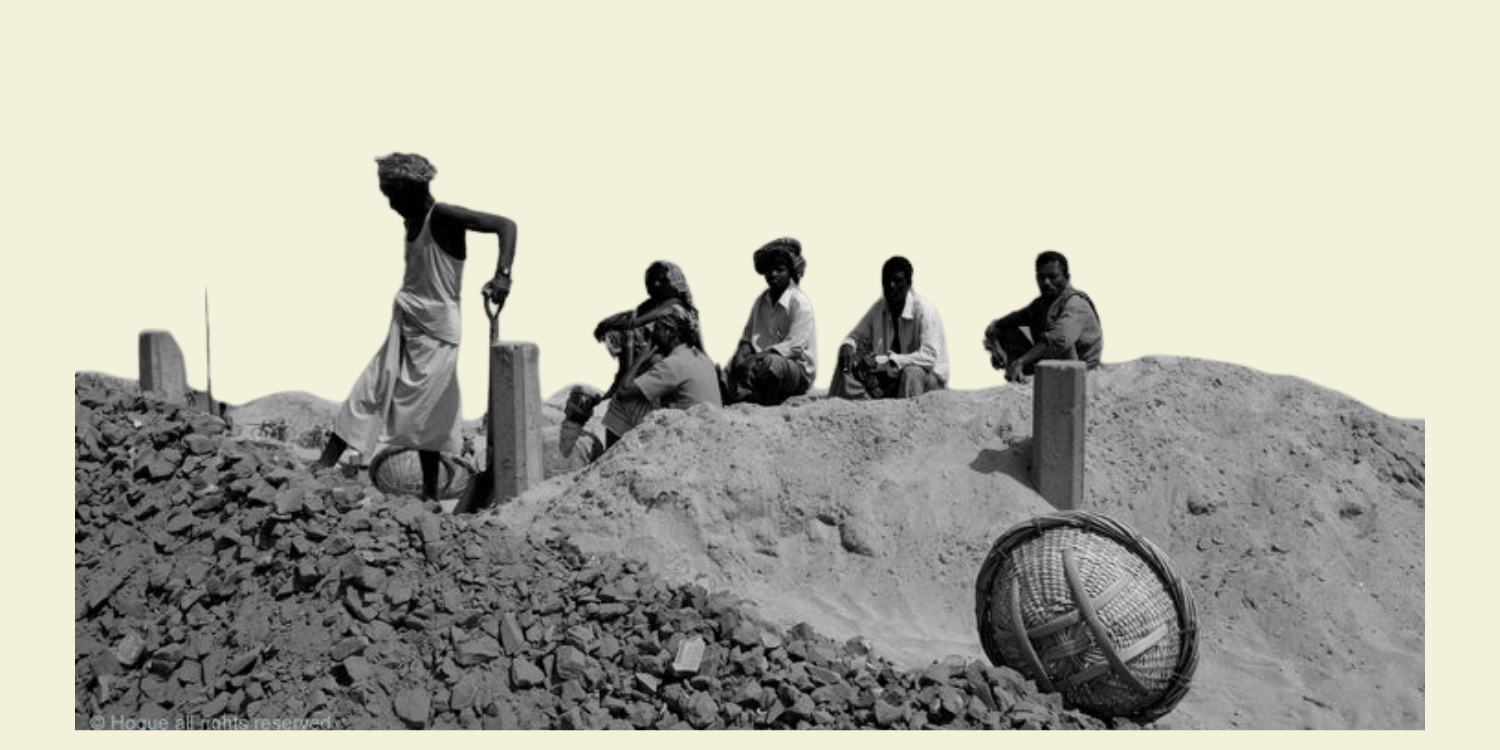ABSTRACT
Rohingya refugee camps in India witnessed the highest number of fires in 2021 than any other year prior. Most refugee-camp fires demonstrated a peculiar trend of beginning at midnight, often on a disputed property, preceded by threats of eviction or bigotry but said to be the result of bad urban planning. With refugee settlement fires increasing 25-fold internationally, this paper seeks to understand why Rohingya camps burn down so frequently. Carefully looking at poor urban planning and motivated arson as potential causes, followed by a field survey, the research concurs that it’s likely the latter that is more responsible.
Keywords: Rohingya Refugees, fires, refugee camps, arson, urban planning
INTRODUCTION
Mehreen recounts rushing out of the tent at midnight in a state of panic. She escaped her tent through a narrow lane before the fire blazed its way into her jhuggi. “Everyone had important things in their houses, but we weren’t able to save anything. We just grabbed our children and saved our lives.” (Mehreen, personal communication, 22 October 2021). She presents the arm of her youngest daughter, almost four, who sustained third-degree burns from the fire. Mohsin, the community head in the same camp, mentions the standard protocol he has established with his two adolescent sons: “hum toh ghar mein bolke rakte hain: jo bhi cheez hai, sabh chhodh do. Jaan bachalena. Mein hoon ya na hoon” (I’ve told my kids at home: whatever is there, leave everything. Save your life. Even if I’m not there.) (Mohsin, personal communication, 22 October 2021). The aforementioned fire gutted 55 homes in June of 2021. Delhi Police cited a short circuit as the cause. However, residents suspected the camp could have been “deliberately torched” by right-wing groups (Aafaq 2021).





